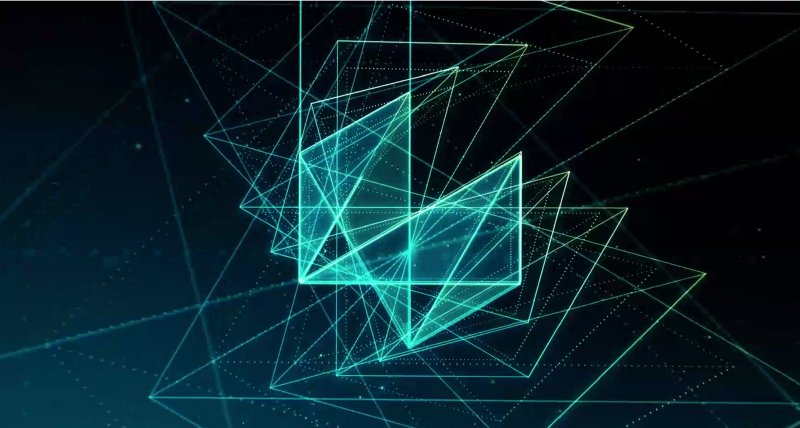Time is not always a friend to our world’s treasured and historic structures. Irreplaceable buildings and sites often withstand centuries of constant use — as home to royalty, a symbol of opportunity, or host to the most accomplished performing artists in stage and theatre. While these structures present architectural challenges as they age, the need to preserve and evolve each one carefully and thoughtfully is necessary for their long-term survival.
Today, architecture, engineering and construction (AEC) professionals work to implement new technology in renovation and construction projects for historical sites. Reality capture solutions such as 3D laser scanning technology are critical to understanding the infrastructure and building accurate blueprints of these architectural marvels, preserving them for future generations.
“With the latest innovations in laser scanning, we’re able to preserve these precious architectural works of historical significance by creating digital twins that can be leveraged from anywhere at any time for a variety of functions, from tourism to facilities management,” said Justin Barton, a senior laser scanning product manager at Leica Geosystems, part of Hexagon, pursuing his PhD in archaeological preservation. “This technology provides generations to come the ability to enjoy these crucial monuments of human achievement. Additionally, it provides future architects, designers and other AEC professionals with a means for drawing inspiration for the buildings of the future.”
Historical preservation projects often involve introducing new system technologies or features, and modifications must be sensitive to the current site or structure. Reality capture enables us to visualise every centimetre of what is already there and better identify changes that limit any disruption to the integrity of the original space.
Digitalisation brings new life to historical structures
At 150 years old, the Opera House Theater in downtown Newport, Rhode Island is one of the oldest surviving theaters in the United States. The team tasked to restore this historical building needed to make it a functional 21st-century performance space. With the help of 3D laser scanning technology via the Leica BLK 360, the Opera House Theater’s unique architecture will be enjoyed by a new generation of patrons as home to the communities performing arts program.
“This place has always been Newport’s connection to the rest of the world,” said Liz Drayton, head of Patron Relations for the Opera House. “It has always been a testing ground for new technologies, new ideas, and new performances. By restoring this theater, we are simply returning to the Opera House’s origins.”
In 2018, a project began to digitally record the Royal Palace in Madrid, capturing the current state of its interior and exterior, as well as create a 3D model of the structure.
With the help of 3D scanning technology from Leica Geosystems, data and information that was previously unavailable has now been identified. Details like the exact number of rooms and windows in the Palace, as well as ones that had been covered up or modified since the construction of the residence, are now a matter of historic record.

Capturing data for future preservation efforts
As the previous examples show, laser scanning advancements are allowing for the digitalisation and preservation of important historical buildings. Reality capture technology is also creating unique experiences that previously would have been unimaginable.
Last year, architect Paul Davidson and his team spent 10 nights inside the Statue of Liberty in New York City to complete a laser scan of the structure, the first of its kind. In partnership with the U.S. National Park Service Historic American Buildings Survey, Davidson sought to capture this iconic landmark to create a unique virtual tour for guests to experience the site like never before, including a 360 view in the crown and access to areas that are off-limits to in person visitors. The 3D scanning will also be used as a digital blueprint for future research and reconstruction should anything happen to the statue.
“This is a record that will have many uses down the line—should they need to make some alterations for social distancing, they’ve got a 3D model to map that out,” said Davidson in a recent CBS Sunday Morning segment.
Historical preservation plays an important role in the telling of our world’s most treasured stories — and now, thanks to 3D scanning many sites and structures will continue to be appreciated for generations to come.

















